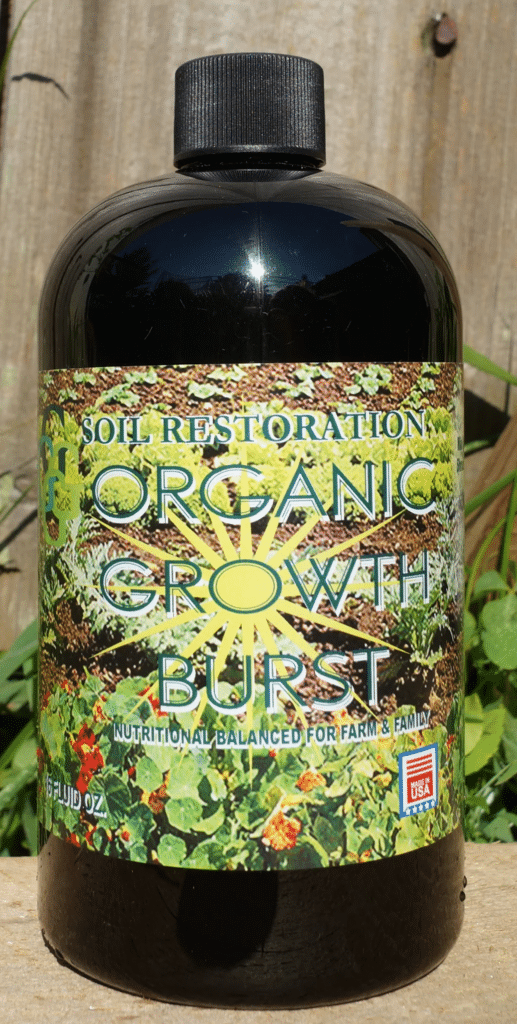Healthy soil is the foundation of successful gardening and sustainable agriculture, but perhaps more than that, they are the start of every healthy community. Think about it. A healthy soil gives us high quality food, which nourishes our bodies, which in turn is a key piece to maintaining a healthy mind. And, if you grow no food, it still serves the purpose of keeping our communities beautiful with healthy flowers and trees. But what should we do when the soil under our feet is no longer what it used to be? With the right practices and products, you can restore and maintain your soil’s vitality. Here are essential tips you may consider to optimize your garden from 4G Soil Restoration.
Understand Your Soil
When you go to the doctor, he doesn’t (or at least shouldn’t) just start giving you medication right away, first he needs an accurate diagnosis. Likewise, before applying any products, it’s crucial to understand your soil’s current condition. In order to do that, you’ll need to conduct a soil test to evaluate its pH, nutrient levels, and organic matter content. This assessment will help you identify deficiencies and ultimately find out what products you’re going to need. In order to get a soil test done on your property, you can hire a local lab or extension service to perform it for you.
Incorporate Organic Matter
IOrganic matter is essential for soil health. In nature, dead leaves and animals will be slowly broken down and incorporated into the soil, slowly improving its structure, enhancing water retention, and providing nutrients for plants. You can reproduce this effect at home by adding compost, well-rotted manure, or other organic materials to your soil. This practice enriches your soil with beneficial microorganisms, creating a thriving environment for plants.
Implement Crop Rotation and Cover Crops
Crop rotation is a time-tested agricultural technique that helps prevent soil degradation and nutrient depletion by rotating different crops each season. This allows you to reduce pest buildup and promote a more balanced nutrient profile in your soil. Additionally, incorporating cover crops, that is planting crops known to improve the soil in off seasons during the off-season, can significantly enhance soil health. Cover crops like clover or rye prevent erosion, improve soil structure, and add organic matter when tilted back into the soil.
Minimize Soil Disturbance
Excessive tilling can do more harm than good by disturbing beneficial soil organisms and lead to soil compaction, which inevitably leads to a loss of fertility. Instead of traditional tilling methods, consider adopting no-till or reduced-till practices that preserve soil structure, promote healthy microbial populations, and retain moisture. When soil is disturbed less frequently, beneficial bacteria, including those added by 4G Soil Restoration’s Organic Growth Burst, have time to grow and thrive.
Monitor and Adjust Your Practices
Soil health management is an ongoing process that requires monitoring and adaptation. Regularly observing your garden for signs of nutrient deficiencies, pests, or diseases should become a regular part of your routine. Of course, every Adjust your practices as needed, incorporating additional organic matter address specific challenges.
Keeping a garden journal is a great way to help track changes in your soil’s health and the results of different techniques.

Photo Courtesy: 4G Soil Restoration
Consider 4G Soil Restoration’s Organic Growth Burst
In order to keep a healthy soil, you’ll need the right tools, which is where 4G Soil Restoration’s Organic Growth Burst comes in. Organic Growth Burst integrates 25 strains of aerobic bacteria with a nutrient-rich support blend, including molasses, kelp, mycorrhizal fungi, trace elements, and fish. These ingredients enable beneficial microbes to actively break down harmful substances in the soil, reducing its salinity, and improving moisture retention. The bacteria consume and eliminate contaminants in the soil, thus improving its structure, and balancing pH, leaving more nutrients available, which fosters a healthier microbial ecosystem.
To achieve this, consider exploring this valuable resource for your soil. For more details, visit the following link to learn about Organic Growth Burst.
Published by: Nelly Chavez









